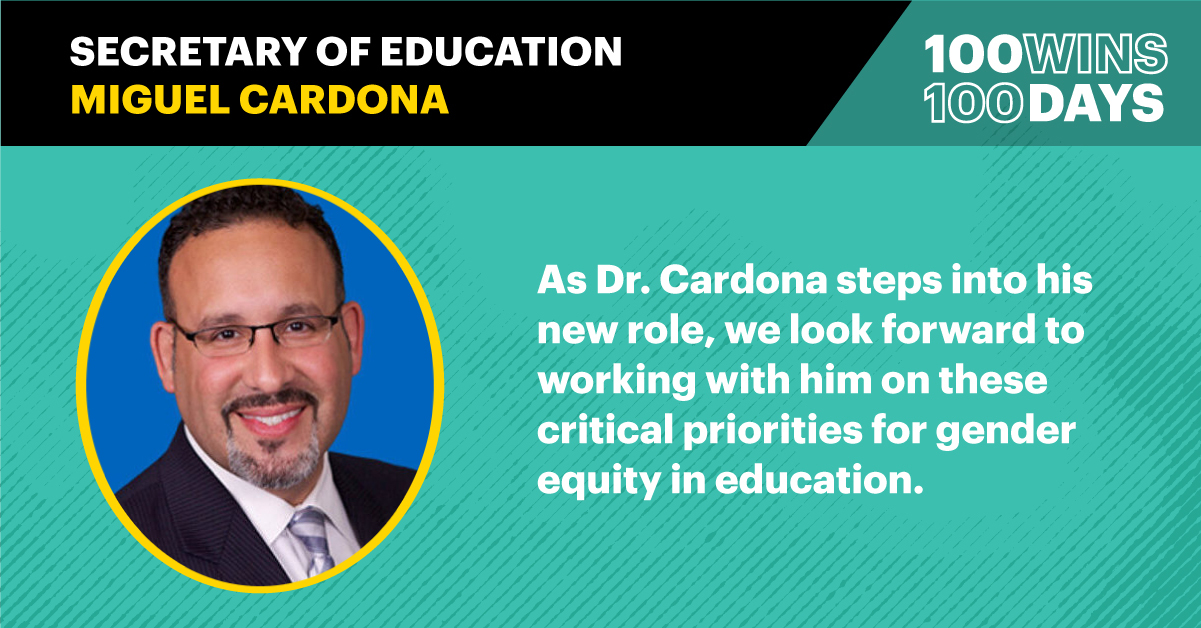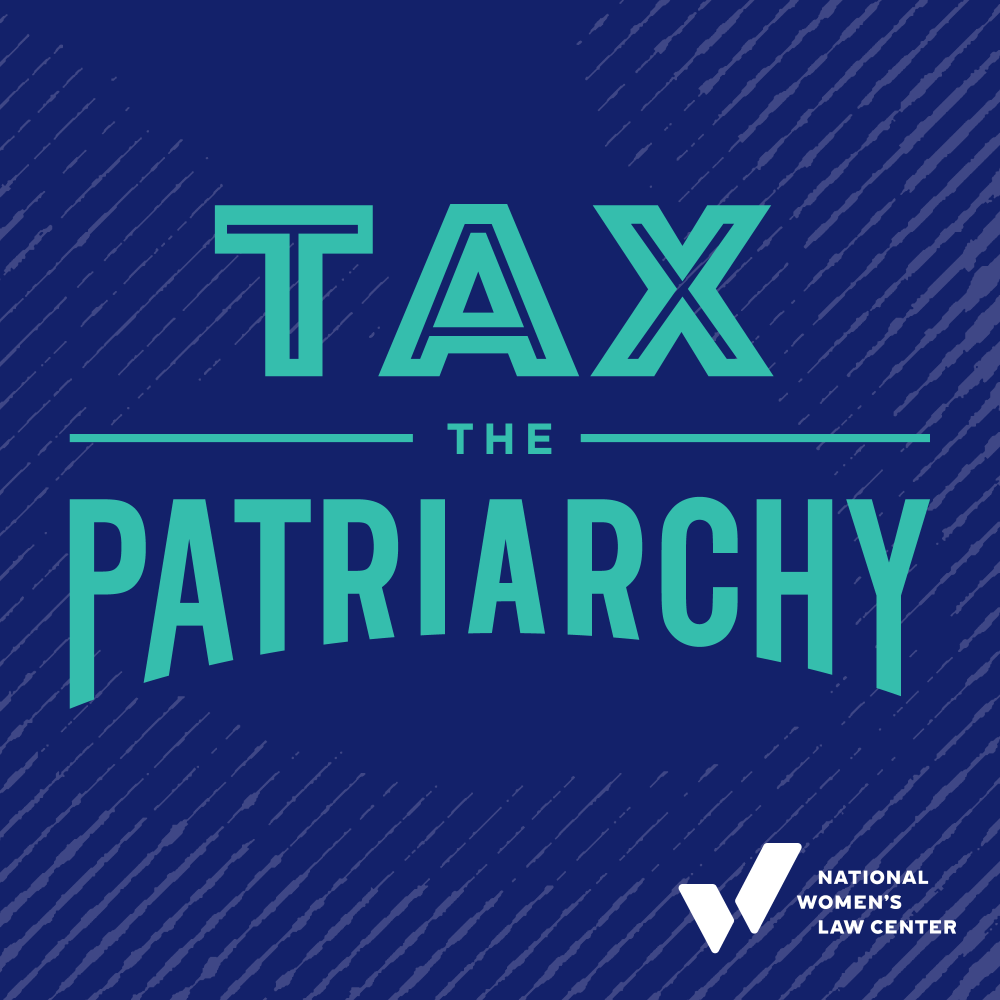Abortion rights, women of color, and LGBTQI+ people are under attack. Pledge to join us in fighting for gender justice.
Transgender People are Facing Incredibly High Rates of Poverty

 Yesterday, the National Center on Transgender Equality released the results of their 2015 U.S. Transgender Survey, which was conducted in the summer of 2015. This is the most comprehensive survey of people who are transgender or gender non-conforming in the United States, with nearly 28,000 respondents from the entire United States, including all fifty states, the District of Columbia, American Samoa, Guam, Puerto Rico, and U.S. military bases overseas. The USTS was an anonymous, online survey for transgender adults (18 and older) in the United States, available in English and Spanish.
Yesterday, the National Center on Transgender Equality released the results of their 2015 U.S. Transgender Survey, which was conducted in the summer of 2015. This is the most comprehensive survey of people who are transgender or gender non-conforming in the United States, with nearly 28,000 respondents from the entire United States, including all fifty states, the District of Columbia, American Samoa, Guam, Puerto Rico, and U.S. military bases overseas. The USTS was an anonymous, online survey for transgender adults (18 and older) in the United States, available in English and Spanish.
The survey reveals widespread poverty and other difficulties facing the transgender community. People who are transgender are twice as likely to be living in poverty as the general U.S. population, with 29 percent of the respondents indicating that they were living in poverty in 2015, compared to the overall rate of 14 percent in the U.S. For transgender people of color, the statistics were even worse:
- 43 percent of Latinx respondents lived in poverty in 2015
- 41 percent of American Indian respondents lived in poverty in 2015
- 40 percent of multiracial respondents lived in poverty in 2015
- 38 percent of Black respondents lived in poverty in 2015
Over half of transgender people living with HIV were also living in poverty, and nearly half of transgender people with disabilities were also in poverty.
In addition to experiencing poverty at higher rates than the general population, people who are transgender or gender non-conforming had difficulties accessing the income supports and other safety nets that would help them overcome poverty. Nearly one in five respondents reported that they had received negative treatment, including being denied equal treatment or service, verbally harassed, or physically attacked, when they went to a public assistance or government benefits office. Over one in ten transgender people reported negative treatment at a Social Security office. Fourteen percent of transgender people had experienced negative treatment at the Department of Motor Vehicles and 13 percent had experienced negative treatment at a courthouse.
Adding to this difficulty is the fact that these government offices are precisely the places that transgender individuals need to visit to get their identity documents changed to reflect their gender identity. Of the survey respondents who wanted to change their identity documents, only 11 percent indicated that every one of their IDs matched their gender, while 68 percent said that none of their IDs matched their gender identity. Cost was the main barrier to name changes and other ID changes, with 35 percent of the transgender people responding to the survey saying that they hadn’t officially changed their name due to cost and 32 percent saying they hadn’t updated the gender on their IDs because they could not afford to.
If a person who is transgender does not have identification documents matching their gender identity, then any interaction that requires showing identification, such as obtaining employment, voting, or applying for income supports, can be dangerous. One-third of respondents said they faced physical or verbal violence, were denied benefits or service, or asked to leave when they showed an ID that did not match their gender presentation. Presenting identification documents that do not match one’s gender presentation essentially forces a transgender person to come out to people they might not wish to reveal their transgender status to. It can lead to being denied a job or other benefits, and can also lead to violence and verbal abuse.
It is clear from the results of this survey that people who are transgender or gender non-conforming have a much more difficult time achieving economic security than the rest of the population. This is troubling as having sufficient income is critical to the safety and flourishing of transgender people.





